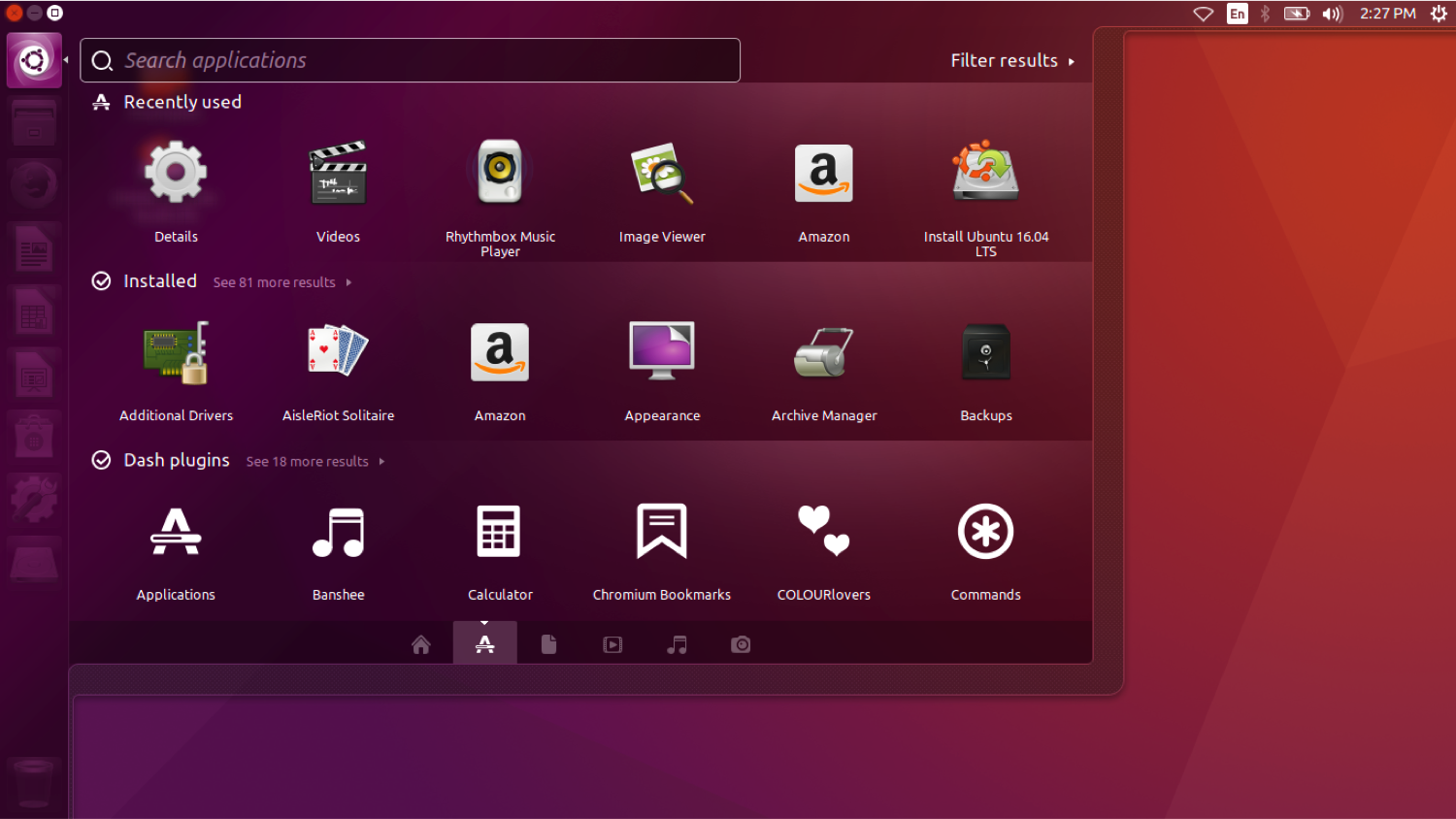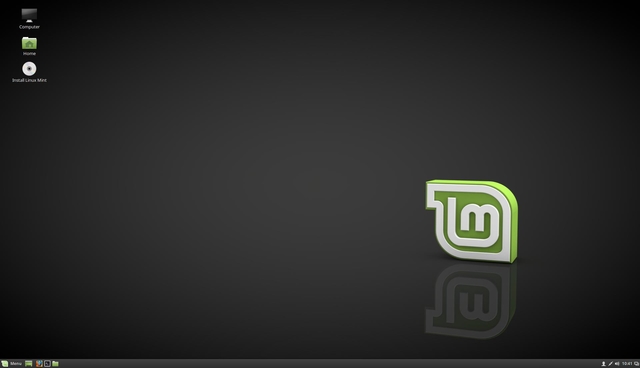
For years we have witnessed a public discussion on whether LINUX was “ready for the desktop” (see this 2009 discussion on slashdot on this topic), or if it would better be confined in the hands of a few selected geeks, that would use it for obscure purposes such as setting up web servers, managing networks or maybe performing scientific calculations. Just 5-10 years ago, the question was legitimate, and the idea that a Linux OS could entirely replace a Windows or Mac OS, with all their easily accessible goodies and user-friendly software, was remote.
By looking at the desktop Linux distributions available now, these doubts are dissipated. Distributions like Ubuntu, Open Suse, Mint and several others are now serious competitors of Win and Mac systems and start to be included as default OS in desktops and laptops sold in stores. They include all the features of modern desktop OS: a generous amount of free and open source software for all possible tasks included by default, a user friendly administration interface to configure the computer and connected devices, automatic software updates and upgrades and much much more.


In short, Linux is usable by anybody who can use a Mac or Win OS (the web is full of “I have installed Linux on my mother/grandmother’s PC/I have converted my dad to Linux” stories – link – link). Rumors circulate that grandmothers will not be able to tell the difference between a Linux and a Windows PC as long as there is a Facebook icon on it.
Despite all this, it is still largely under-represented in the clients OS shares, (see the stats on this page), but usage is increasing every year as the various desktop distributions gain popularity, and more and more people get familiar with them.
Below this layer of user-friendly graphic user interfaces, lyes a solid, robust, natively multiuser, network-aware and network-ready OS that can be used to set up a great server machine. Many linux distribution, such a Ubuntu, are available both as desktop version and server version.
It is important to know that the Desktop version of Ubuntu is perfectly usable for setting up a web server. This requires the installation of some additional software such as the web server software Apache. This will be covered in detail in this chapter, whose purpose is to allow you to install Ubuntu Linux on a computer without OS and to set up a web server, that will host your Bioinformatics web applications.
As Ubuntu Linux has had strong development in recent years and we use it daily for multiple tasks related to our research and web activities, we have selected this distribution to be used as Linux OS for the purposes of this tutorial. The various software installation procedures described in this chapter should be valid on any Debian derived Linux system, however there might be subtle differences in way things are done on particular distributions. The proposed procedures have been tested and work well on recent Ubuntu distributions, from 8.04 up.
Chapter Sections
[subpages]